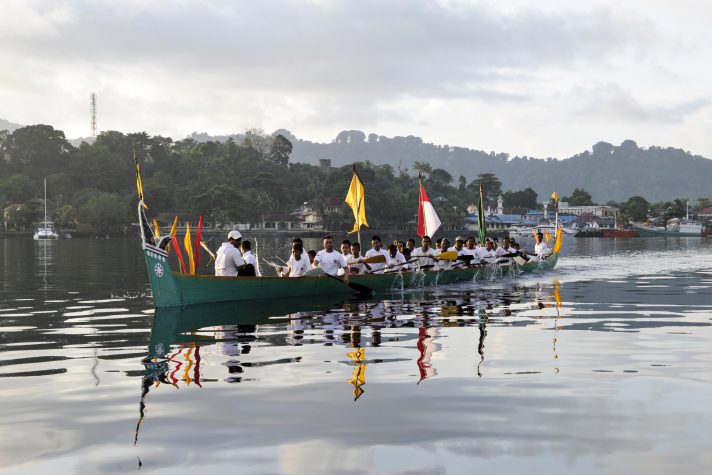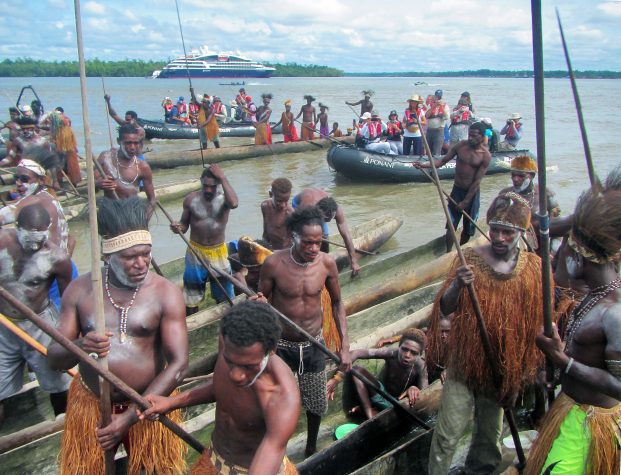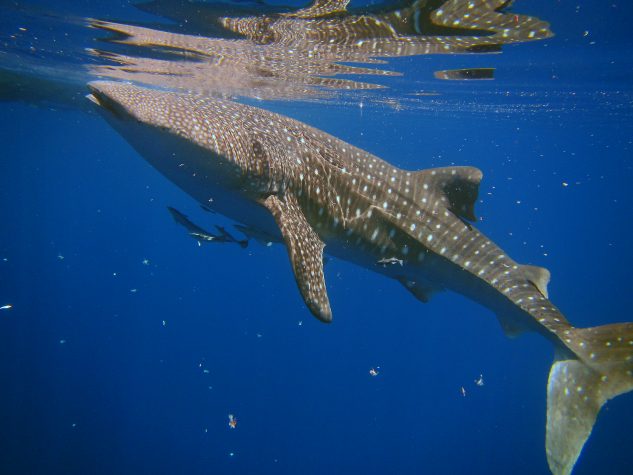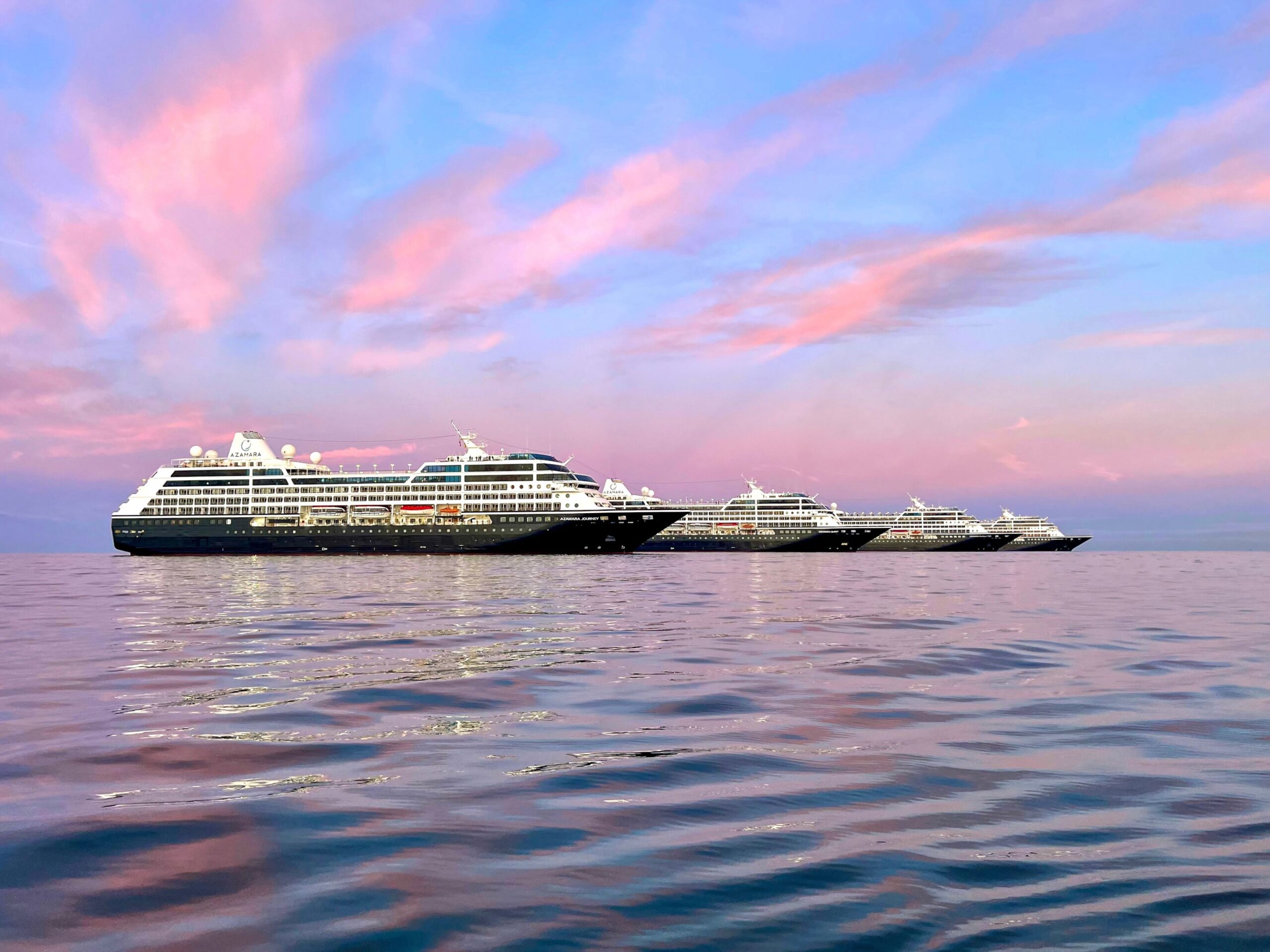For most international travellers, their perception of Indonesia is derived from a visit to Bali, the ‘Island of the gods.’ This bustling and often hustling urban sprawl, where every shop seems to sell the same items and everyone is a licensed money exchanger, is far from the real Indonesia.
Indonesia’s heart lies in her outer Islands. It’s rewarding to show guests the true Indonesia and to see people’s perception of this misunderstood country change during one of our bespoke expedition voyages across the archipelago.
Indonesia comprises more than 17,000 islands spanning over 6,400 kilometres, from the Indian to Pacific Oceans. It is a melting pot of ancient cultures, traditions, religions and colonial influences.
If I had to pick a favourite part of the country it would be the remote eastern reaches of the archipelago, the Maluku Islands and Western New Guinea.
The Maluku Islands, often referred to as the Spice Islands, are simply stunning. Comprising a multitude of spectacular white sand beaches and picture postcard islands. The people are proud and welcoming, and the region has experienced some of the most remarkable and tumultuous history that is largely forgotten today.
The Banda Islands are a destination that remain untouched due to their remoteness. They are a challenging location to visit. Sailing into the Harbour of Banda Neira, you can’t help but remember what has happened here. These small islands were once the most valuable real estate in the world and the nearby island of Rhun was considered so valuable that the Dutch traded it with the British for the Island of Manhattan. Every time I visit this place, I feel a sense of serenity like nowhere else. It’s ironic that a place that has seen so much horror and persecution by colonial powers can feel so peaceful. Walking the streets today, there are few signs of the horrific past as the locals lean out their shopfronts waving and smiling, welcoming you to this small piece of paradise.

Western New Guinea has an other worldly charm. It’s remoteness and diversity make it a truly unique destination with so much to offer. Most of us know it as Irian Jaya, the Western half of the Island of New Guinea. It is truly a last frontier, it’s still wild and one of the planet’s least travelled and untamed paradise. From the crystalline waters of the Bird’s Head region in West Papua to the eclectic mix of cultures in the central highlands and coastal realms of Papua, it is a land where time has stood still as there are still uncontacted tribes who have no knowledge of the outside world.
The traditional people are predominantly Melanesian in origin, and like their kin across the border in Papua New Guinea continue to practice their ancient traditions and cultures, despite the encroachment of the modern world. Along the coastal fringes these ancient traditions are still strongly displayed in the villages of the Asmat. Long famed as head-hunters they continue their animistic beliefs of ancestor worship through ritual and tradition. As our zodiacs head across to the village of Syuru, we are surrounded by almost 100 war canoes. Their rhythmic chanting increases in volume as they encircle our zodiacs and you can’t help but think of a time when this would have signalled your demise. Undoubtedly, one of our guests will ask “they have stopped headhunting, haven’t they?” In fact, the last person believed to suffer that fate was Michael C. Rockefeller in 1961, which isn’t that long ago!

Covering an area the size of Great Britain, the waters of Indonesia’s Bird’s Head abound with life. The more than 2,500 islands and reefs are the epicentre of marine biodiversity in the world, supporting some of the highest concentrations of marine species, including the whale sharks, manta rays and leatherback turtles. Stretching from Cenderawasih Bay in the east, the Raja Ampat archipelago in the west, and Triton Bay in the south, the region has so many hidden elements that one would need a lifetime to visit them all.

Triton Bay is a very special place that is perfectly designed for exploration by zodiac. There’s always a great sense of anticipation as we head out on a zodiac tour of the rainforest topped karst islands, never knowing what we’ll see. Around every corner is another photo opportunity, as Papuan hornbills fly overhead and green sea turtles swim calmly through the crystalline waters below.
Then there’s the wonderful experience to swim with the world’s largest fish, the whale shark. An underwater encounter with these majestic creatures is not easily forgotten. In Cenderawasih Bay, people of all levels of fitness can experience this remarkable phenomenon as the whale sharks have become accustomed to remaining around the fishing platforms that dot the bay. Currently these activities remain largely unregulated, so we have introduced protocols to enhance the safety and comfort of guests as well as protecting the animals as part of the environmental initiatives we are introducing through the region.
Finally, there’s the multitude of white sand beaches, picture postcard islands and the richest underwater realm that has made Raja Ampat world renowned. But don’t take my word for it. Come and join us on a remarkable voyage through the archipelago and discover the real Indonesia.
For more, see: https://au.ponant.com








